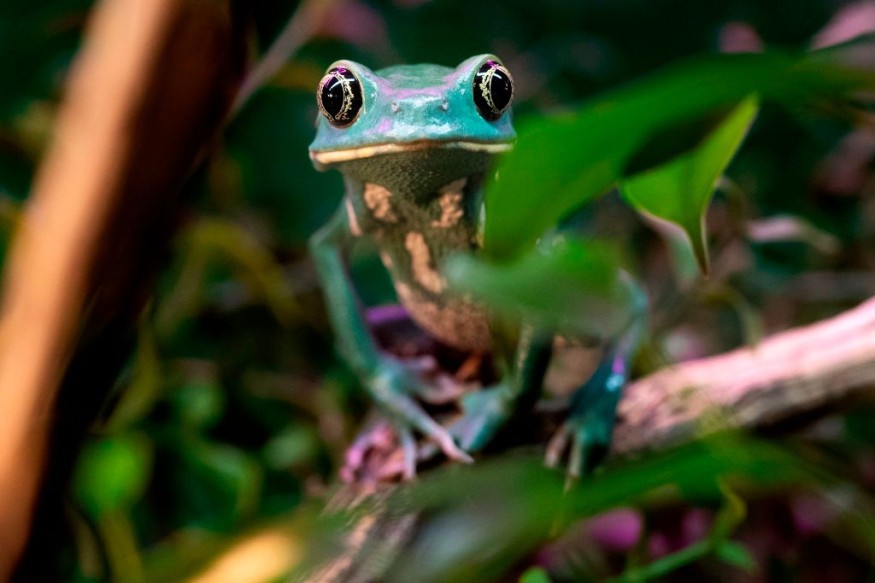
Their species are identified in a general sense as frogs and toads, but scientifically speaking, they make up the largest group of amphibians in this order, with a wide variety of unique traits and behaviors.
Among the three living orders of amphibians, Anura (frogs), substantially outnumber the other two orders namely Caudata (salamanders) and Gymnophiona (caecilians). According to the Amphibian Species of the World, a reference website from the American Museum of Natural History in New York, Anura had 7,486 of the 8,478 known amphibian species as of August 2022.
As among the world's most diverse animal groups, frogs and toads vary in traits and behaviors. However, they still face imminent human-related threat like many other species, LiveScience wrote.
All Toads are Frogs, but Not All Frogs are Toads
These two common names don't mean much from a scientific perspective, but either way, the two are actually not similar.
'Frogs' are thought of as 'more encompassing' in the Anura order, used more commonly of most Anura's species. Meanwhile, 'toads' are used more selectively in the common names of certain groups. In fact, they are not even typically thought of as frog-like.
For example, toads have drier, bumpier "warty" skin and prefer drier habitats than typical frogs, according to Burke Museum. It's actually quite confusing!
"Sometimes there are frogs that are called toads but are technically frogs," the museum wrote. "And there are frogs that have bumps on their skin and toads that have smooth skin. And there is the Horny toad which is not a frog or toad, it is actually a reptile!"
Toads usually have shorter hind limbs and rounder stouter bodies than most typical frogs which come in a variety of shapes, colors and sizes.
All About Frogs
Frogs can be as small as a human fingertip or as large as a foot. The largest frogs can grow up to more than 1.1 feet (34 centimeters) long and weigh 7.3 pounds (3.3 kilograms), known as the Goliath frogs (Conraua goliath) from Cameroon and Equatorial Guinea.
The smallest known frog is called the Paedophryne amauensis from Papua New Guinea, which can grow to an average length of 0.3 inch (7.7 millimeters), making it the smallest known vertebrate on Earth.
While known for their jumping skills, not all frogs can actually hop. Waxy monkey tree frogs (Phyllomedusa sauvagii) walk along branches and grip them like monkeys. Other frogs utilize camouflage to either hide from predators or hunt for prey. Examples include the Vietnamese mossy frogs (Theloderma corticale) from Vietnam which resemble clumps of moss and poison dart frogs which are called the 'jewels of the rainforest'.
Of thousands of known frog species, there are likely many more that scientists haven't found yet, although frogs can be found on every continent except Antarctica. They do develop mating strategies over time but scientists are still learning more about these traits.
Out of thousands of species in this order, 40% are at risk of extinction as assessed by the IUCN, making amphibians the most threatened group of vertebrates on Earth. Being highly susceptible to environmental disturbances, their extinction would have disturbing implications for humans and this planet.
© 2025 NatureWorldNews.com All rights reserved. Do not reproduce without permission.





